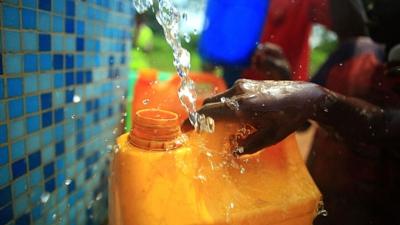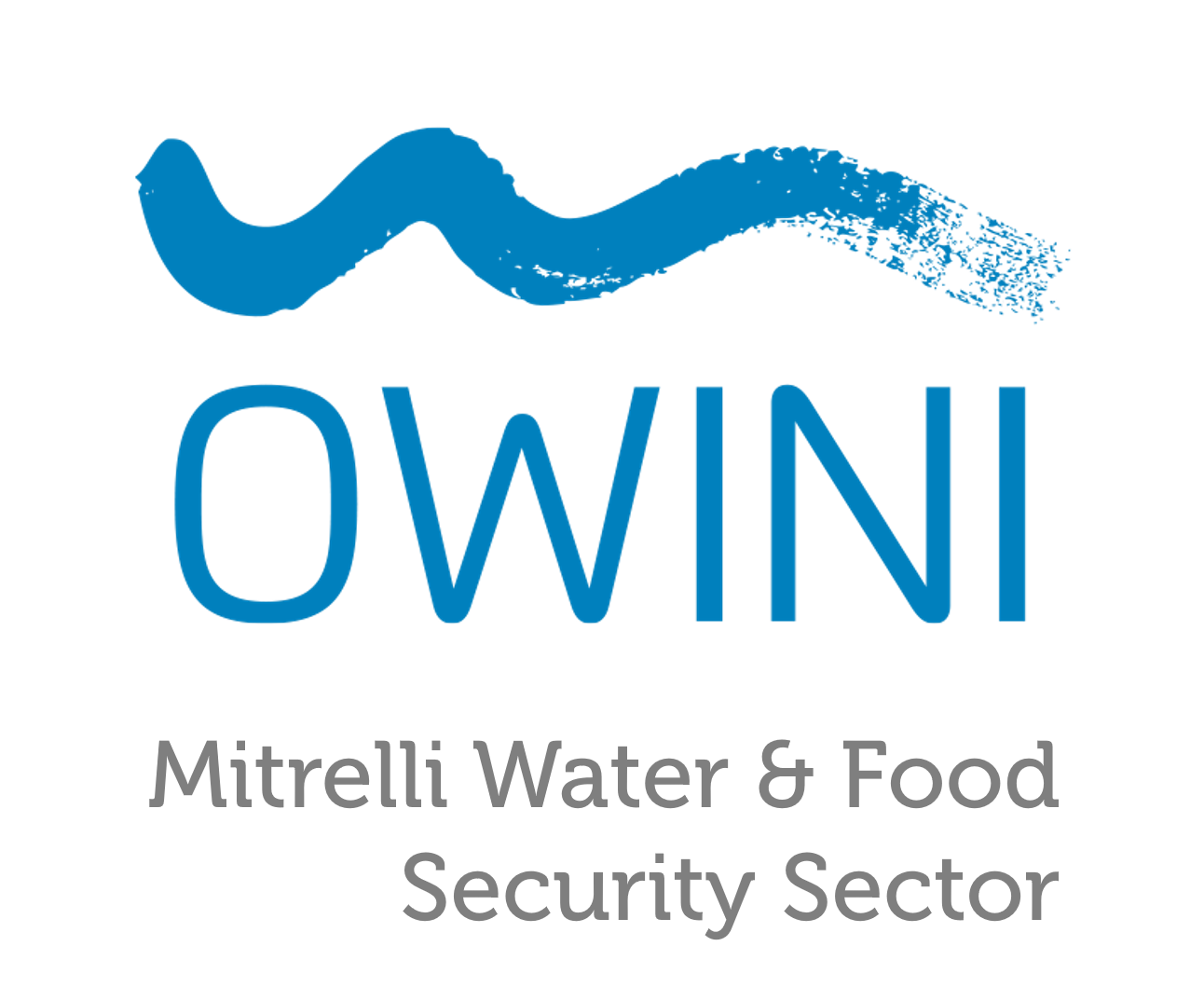The Water for All Program in Angola was designed to provide access to safe and clean water to over 100,000 people in Cuando Cubango Province. The project involved the construction of 50 water supply systems, which were dispersed all over the province, with some sites located up to 600 km apart from each other. The project aimed to improve the health and sanitation of local communities by providing a reliable and sustainable water source.
Challenges
The Water for All Program faced several challenges, including the lack of infrastructure in the areas where the water supply systems were being constructed. The lack of roads made it difficult to transport goods to the construction sites, with special trucks having to be used, and transit times taking up to 2-3 days. In addition, the remote areas were home to wild animals, such as crocodiles and hippopotamuses, which posed a safety risk to people who had to fetch water from rivers.
Solution
To overcome these challenges, the Water for All Program aimed to create a simple, reliable, and robust water supply system that could be easily maintained by local technicians after the operation and maintenance period. The power sources for the system were fully solar-powered to align with sustainability goals, and the control equipment was analog and simple to operate, reducing the need for maintenance.
Impact
The Water for All Program had a significant impact on the communities in Cuando Cubango Province. Access to potable water improved the health of the local communities by reducing the risk of waterborne diseases. Additionally, the project helped to reduce the spread of diseases by providing better sanitation. Finally, the project also had a positive impact on the safety of the local communities, reducing the risk of animal attacks when people had to fetch water from rivers. Overall, the project was a success, providing a sustainable and reliable source of clean water to over 100,000 people in remote areas of Angola.

DESCRIPTION:
- The project takes place in 9 provinces
- Over 200 remote villages
- Affected population: 750,000
- Project completion: Aug. 2019
TYPICAL PROJECT COMPONENTS:
- Water catchment and pumping station
- Water conveyance
- Water treatment system
- Water storage (reservoir)
- Distribution of the water within the village, end consumption points (showers, laundries, fountains)

